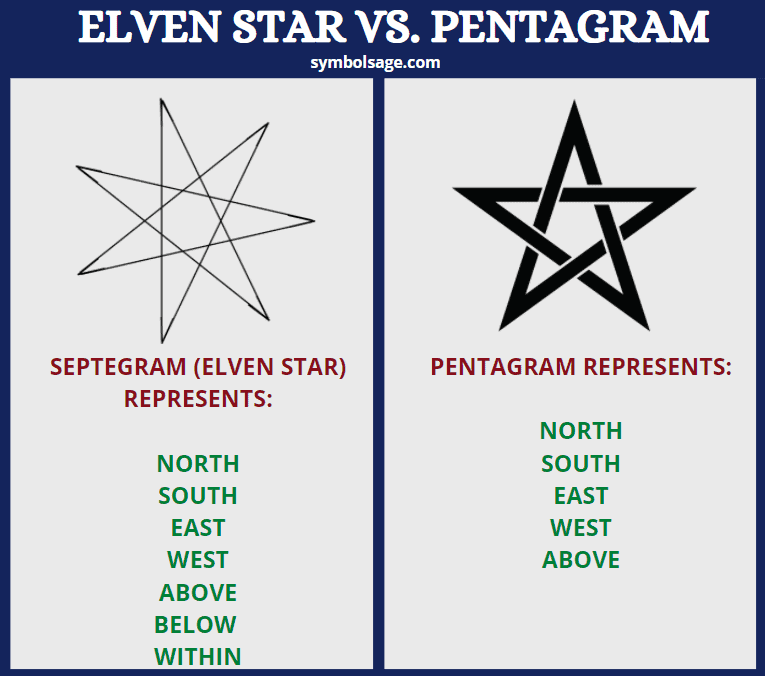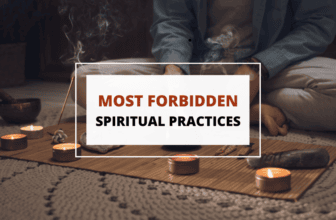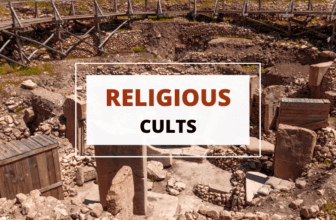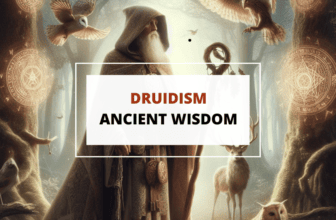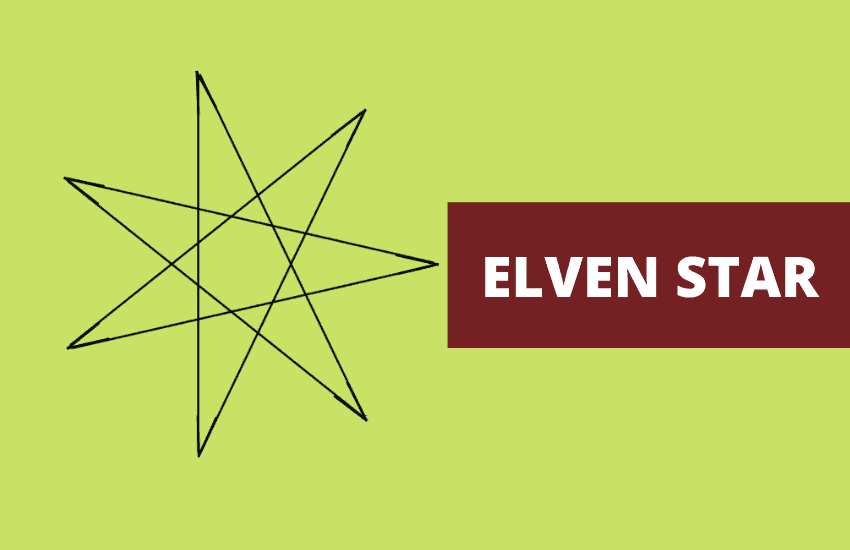
Table of Contents
Also called heptagram, septogram, or the Faery Star, the elven star is considered to be the less popular yet more powerful iteration of the magical pentagram. It plays an important role in both Christian and pagan iconography.
An elven star is basically any seven-pointed star that is drawn in seven straight strokes. But while the generic heptagram has several meanings and representations in various religions and cultures, the elven star is a sacred symbol within certain Wiccan and Pagan traditions. Let’s take a deep dive into the elven star and everything it represents.
The Elven Star in Different Religions
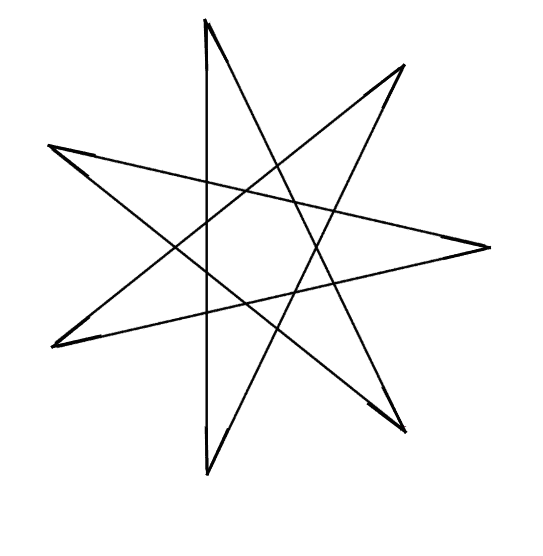
In Christianity: Protection and Perfection
In Orthodox Christian tradition, seven-pointed stars are used to symbolize the time it took for the Creator to put together everything on the Earth. It’s said that all creatures were made for the comfort and service of humans, hence the seven-point elven star is a reminder of the unique protection accorded to humankind. Thus, elven stars are used and drawn to ward off and protect against evil.
In Christianity, seven is the number of perfection and completeness. It’s also common in nature. There are seven oceans on Earth, seven continents, and seven colors in the rainbow. In Catholic tradition, there are seven deadly sins, seven virtues, seven days of creation, and seven gifts from the Holy Spirit. The elven star is therefore associated with God’s favorite number, which is also prominent in the Book of Revelations, where there were seven churches, seven angels, seven stars, seven trumpets, and seven seals.
In Islam, Hinduism, Buddhism, and Judaism.
Just like in Christian tradition, the number seven bears relevance in almost every major religion. Islamic doctrine speaks of seven heavens, and there are seven verses in the Quran. Thus, Muslims walk around the Kaaba in Mecca seven times.
Hinduism also speaks of seven heavens (higher worlds) and seven underworlds. In Buddhist traditions, the newborn Buddha took seven steps upon rising.
Finally, in Kabbalistic Judaism, the elven star is used as the sphere of Netzach (Venus), thus taking on the symbolic representation of the power of love. All of these significant references and events are immortalized and symbolized by the seven-pointed star.
Elven Stars in Wicca and Magick
It’s in contemporary magick (spelled with the extra letter to separate it from commoners’ performance magic) that elven stars are actively used as standalone symbols instead of merely being associated with the innate perfection of the number seven.

The five-pointed star, also called the pentagram, depicts the different directional spaces: North, South, East, West, and Above. The Faery Star expands the mind’s awareness by adding two more dimensions: Below, and Within.
While the first five directions are visible and accessible to the common person, only those with fae (fairy)or witch blood can witness the additional two spaces. Notably, the land of Faerie, according to legend, can be found either Within (in the imagination), or Below (in the Underworld, most likely).
In this sense, elven stars represent heightened awareness and enlightenment even among those who do magick. There are supposedly seven steps on the path to one’s higher and more magickal self. Thus, drawing the Faery star or the elven star when one meditates or casts a spell, or wearing the symbol around one’s body as an accessory is thought to help people unlock new dimensions and new knowledge they previously had no awareness of.
Symbolism of the Elven Star
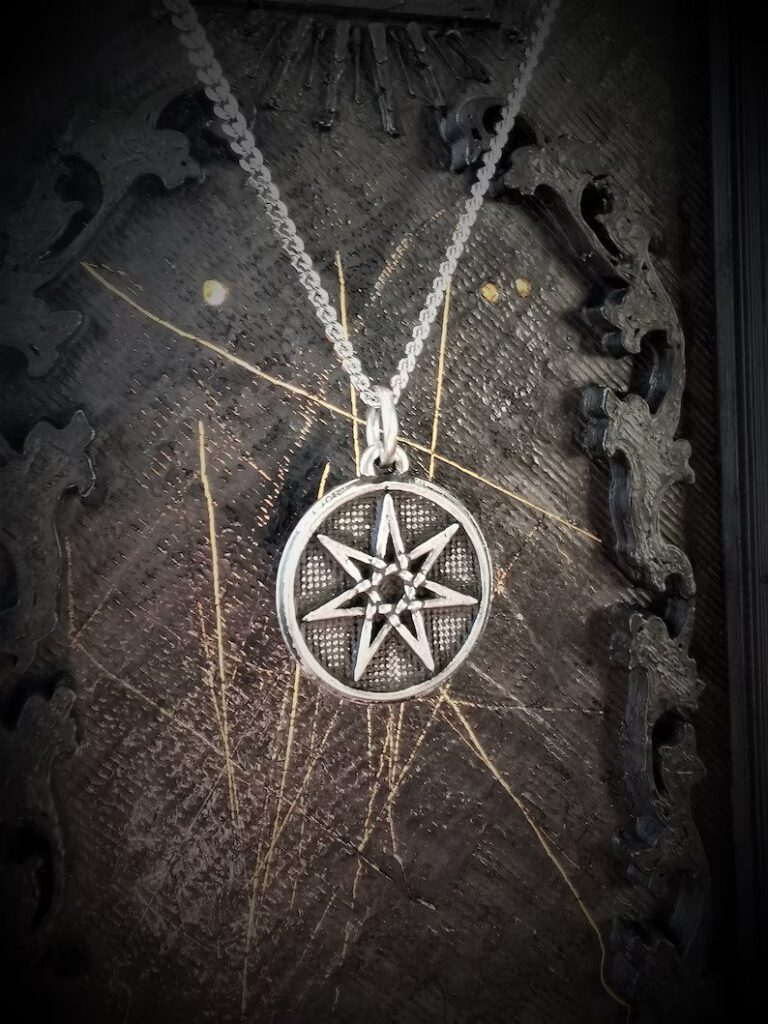
The elven star is believed to hold deep symbolism, especially to Pagans. Each of the star’s points is believed to represent a pathway or the seven rays of manifestation of the higher self. Here’s an overview of its common interpretations:
- The Seven Elements: The star is often said to symbolize the four traditional elements—earth, air, fire, and water—and then spirit, representing the divine, as well as two other elements which can vary depending on the tradition, but often include light and magic or life.
- Otherworldly Connection: The number seven is often associated with mysticism and otherworldly realms. In the context of the Elven Star, it can represent a connection between our world and that of the Fae or other mystical creatures.
- Spiritual Growth and Balance: As with many stars, circles, and other geometric figures used in spiritual and religious symbolism, the seven points can represent a balanced and holistic spiritual path.
- Protection Against Evil: Some believe that the seven points of the star offer protection against evil forces. This aligns with a common theme in many cultures and religions, where specific symbols provide protection.
- Magic and Enchantment: Given its associations with the Fae and elves—beings of magic and enchantment—the star is often used to symbolize the magical aspects of the world and the unseen energies that flow through it. However, due to its powers, practitioners say that it needs to be used with care.
Elven Stars in Literature & Popular Culture
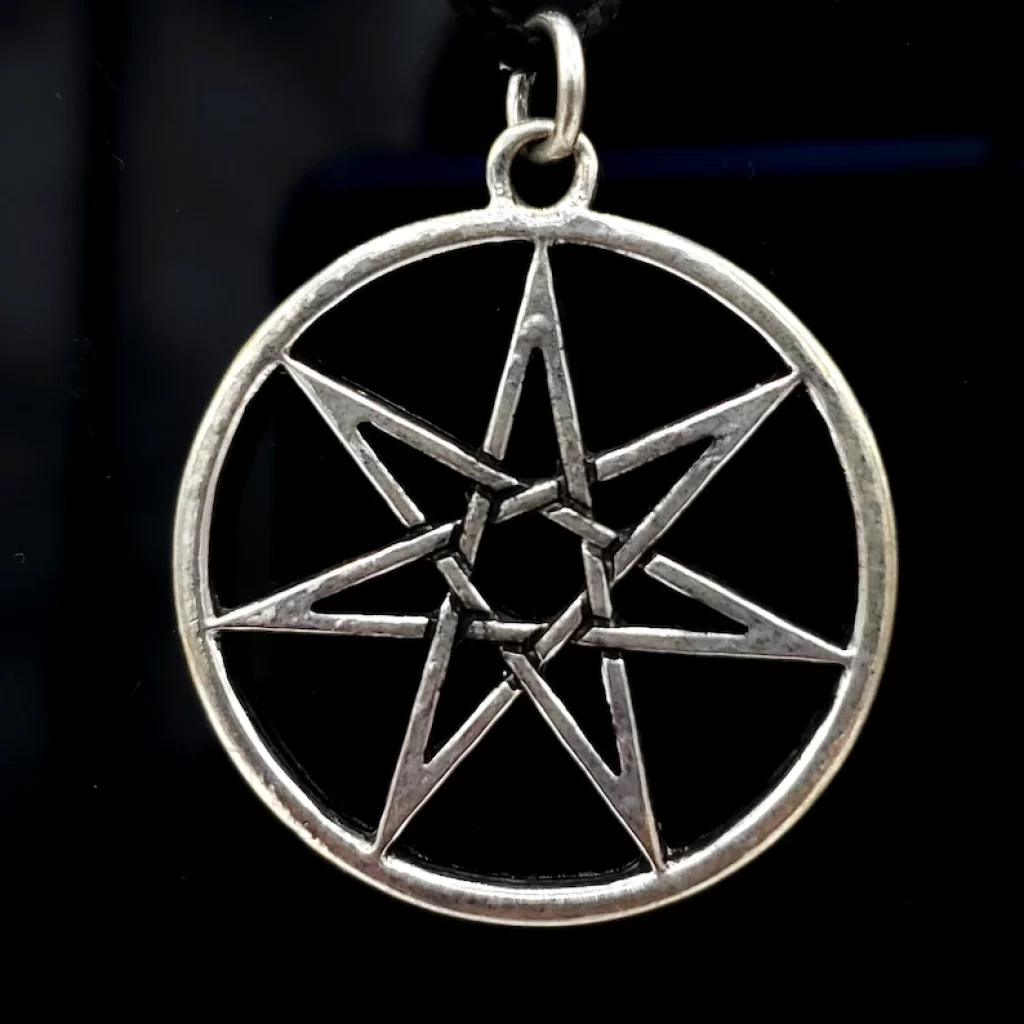
Literature and popular culture have borrowed the many meanings of the heptagram or the elven star for various purposes. The symbol has also been by nations and groups to symbolize part of their communities. Here are some of the most common symbolisms of the elven star in modern culture and literature.
1. Elven Star in The Faery Craft
The actual elven star is extensively used in the book The Faery Craft written by Emily Carding. The book talks about how a simple mortal can connect to the mystical world through understanding nature and meditation.
Aside from this, Carding also crafted her own symbolic meaning behind the elven star which she calls the Faery Craft Septagram. Each of the seven points reveal a direction and a quality that one must possess to do faery work which include the following:
- Knowledge: Eastern quality from the element of air that provides the foundation for faery work. Having enough information safeguards a practitioner from his developing intuition that is bound to make errors in judgment.
- Connection: This is the quality that comes from the Stars above us. It shows the link between all humans, nature, and the entire Universe in its inner light. Accepting this connection opens doors to a deeper awareness which is beyond the capacity of our 5 senses.
- Trust: This is the Northern quality that belongs to the element of earth. Trust is necessary upon learning connection because it builds cooperation between and among those in the inner realms and those who want to tap faery power. Trust is not simply having the confidence towards another but also discerning who is worthy of receiving such trust
- Honor: Trust then becomes the foundation for honor which is a quality of the Sun that can be located from within. Carding says that each person carries within us an inner sun at our very core which contains our spiritual light. This pure light allows us to collaborate with integrity with other people.
- Magick: Only when the first four qualities are mastered, does the realm of Magick open its doors to the user. Magick relates to the moon and is located below. Magick will grant us the ability to connect with those in the Otherworld to be able to implement good changes within and amongst ourselves.
- Joy: This is the quality that comes from the West which is connected to the element of water. True joy is felt when a person can open oneself to the universe to celebrate life, existence, and adversity.
- Inspiration: The culmination of the six qualities listed above will grant inspiration not just for self-action but to inspire others to act. This fervor and desire to lead is connected with the element of fire and the south.
2. The Heptagram in A Song of Ice and Fire
George R.R. Martin, author of the Game of Thrones book series, used the heptagram to symbolize the Faith of the Seven or The Faith. This is a religion that supposedly began in Westeros.
Martin based The Faith in the Roman Catholic’s Holy Trinity, with The Faith of the Seven encapsulating all seven aspects of one god. This god consists of the Father, Mother, Maiden, Crone, Smith, Warrior, and Stranger.
3. The Heptagram in Flags and Coat of Arms
The heptagram can be seen in various flags and symbols of heraldry across the world. It is used by the Cherokee Indians of the United States, the Occitania in Europe, and as part of the symbol of Hokkaido, a region in Japan.
Moreover, the septagram is present in an earlier version of the US flag called the Bennington flag, the Jordanian flag, and the Australian Flag.
It is also visible as part of the coat of arms of Australia, Georgia, and the Samarkand in Uzbekistan, as well as the badge of the Georgian Air Force, and California’s highway patrol unit.
Wrapping Up
The elven star takes on a lot of different symbolic meanings in different cultures. Just like all stars, it can serve as a guide when navigating life. It is an undoubtedly powerful icon that speaks to those who want more in life, be it in in religion, magick, or just general awareness of the world and everything in it.
For some, the Elven star is a symbol associated with the occult and dark arts, but considering its connection to various religious faiths, the symbol holds various meaning depending on the context and can’t be categorized as belonging to any single group.
